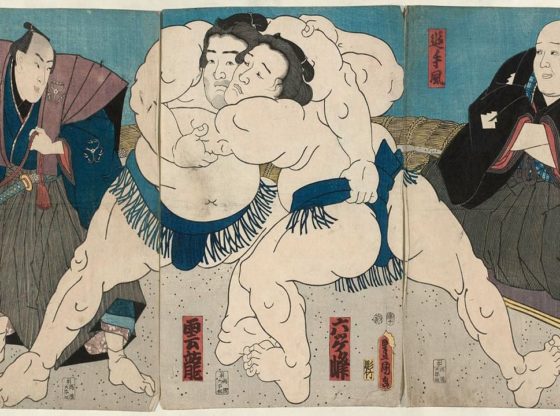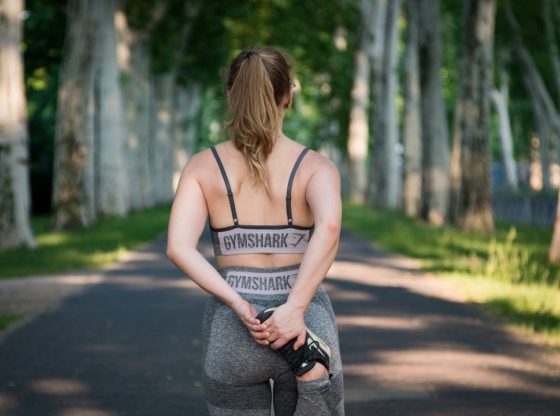Older women who practice in different ways have longer telomeres than those who do not exercise as much. It shows an American study.

The telomeres are located on the top of each chromosome pair and can be compared to the plastic casing at the end of each shoelace. The longer they are, the better the cells are protected from aging. Shorter telomeres are linked to more age-related diseases and earlier deaths
The researchers examined associations of various intensity levels of leisure-time physical activity with shortened leukocyte telomere length among 1476 older white and African American women from the Women’s Health Initiative Objective Physical Activity and Cardiovascular Health study.
Self-reported physical activity was assessed by questionnaire, and LTL was measured by Southern blot. Then adjusted the study results for age, race/ethnicity, education, marital status, smoking, alcohol, body mass index, a history of chronic diseases, and hormone therapy use.
LTL was on average 110 (95% confidence interval, 20–190) base pairs longer among women in the highest (≥ 17.00 MET-hours/week) compared with the lowest (< 1.25 MET-hours/week) level of total leisure-time physical activity (P for trend = 0.02).
The more abundant the exercise, the longer telomeres they had, the study shows. The researchers conclude that older women participating in greater amounts of total leisure-time physical activity and moderate-to-vigorous physical activity had longer telomeres.
Reference:
Aladdin H. Shadyab “Leisure-time physical activity and leukocyte telomer length among older women” June 9, 2017 Experimental Gerontology, https://doi.org/10.1016/j.exger.2017.05.019






















